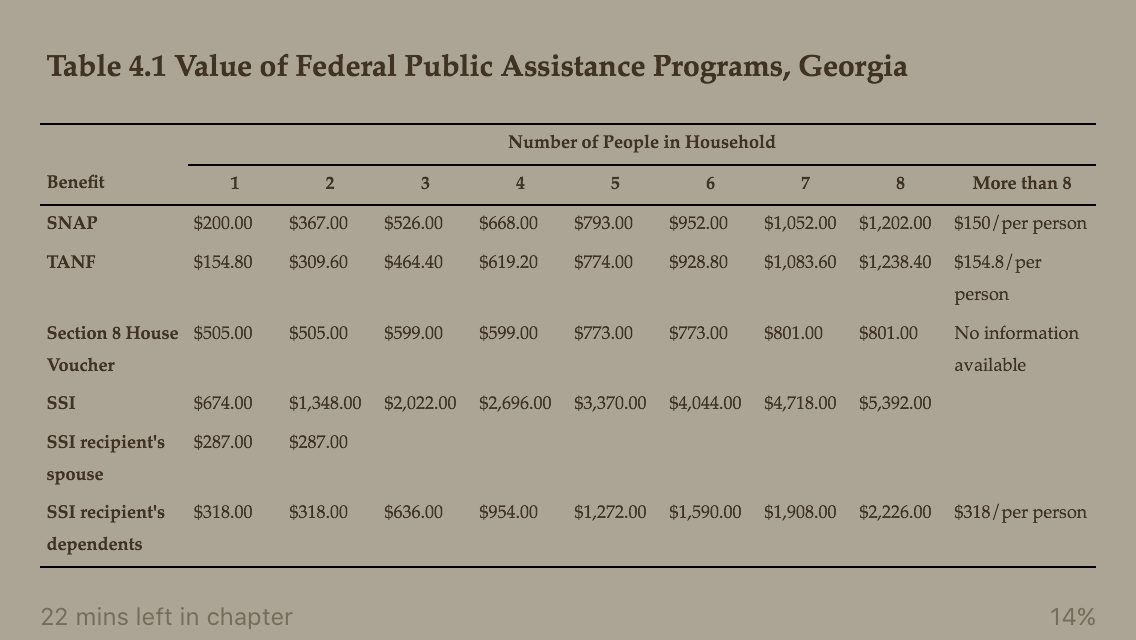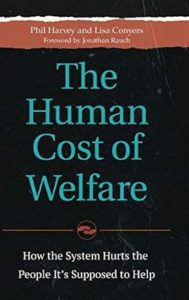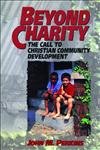 Jeff Lofting
Jeff Lofting
Director of Education
Read more from Jeff
Jump to:
The Purpose of the Book | The Perspective | The Key Points | Details We Love | Considerations | Who Should Read This?
The Purpose of the Book
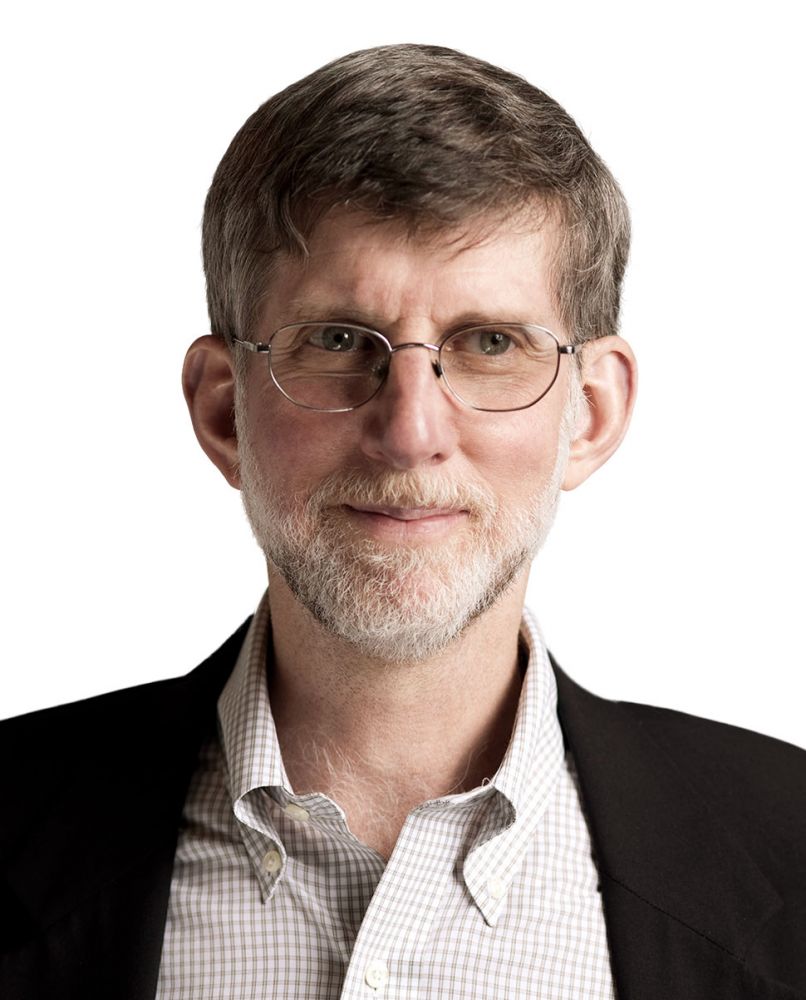
Marvin Olasky
Are strategies that seek to go beyond the handout model of charity new? No. On the contrary, Dr. Marvin Olasky’s book The Tragedy of American Compassion demonstrates that charity which promotes challenge, relationship, and spiritual growth was the norm for effective methods of addressing poverty. Olasky’s book is a classic that has been formative for countless individuals looking to produce true results in their work alongside the poor. It is one of the few, if not the only, book of its kind exploring the history of poverty-fighting efforts in the United States. Olasky, who is editor-in-chief of World Magazine and a journalism professor, spent an entire academic year compiling and analyzing stacks of previously untouched research material and published his conclusions in this book. (Olasky describes this experience in an episode of WORLD’s Effective Compassion podcast.) His book provides a review of both effective and ineffective charity in the 1800s, the transition to our current welfare state today, and how we can incorporate universal principles of effective charity in our communities today.
“To every thing there is a season, and a time to every purpose under heaven.” This famous passage from Ecclesiastes in the Bible is a great reminder that there is a time to study heavier material to inform our practices. This is one such book, and it provides great fodder for reflection and growth. Dr. Olasky did much of the most challenging work for us, though, in sifting through the stacks of literature, statistics, and other records from charity work in the 1800s. He moves chronologically from charity in colonial America to the change of society in the years before and including the Industrial Revolution and into the 20th century, from a Christian perspective. Within this walkthrough of those periods of American history with poverty-fighting as its focus, the reader can compare and contrast what worked and what did not and how we arrived where we are today.
Communities and Churches Abdicated Their Role: How did we arrive at the current state of government and its welfare system in which $22 trillion was spent in the 50 years between 1964 and 2014 combatting poverty with no measurable improvement? A combination of rapid technological advances, resulting in massive population shifts, and cultural changes in the mid-1800s led to an increasing physical and relational separation of those with means from those without, as well as a belief that simply giving materially to the poor will solve poverty. As these changes occurred and efforts became more challenging, communities and churches, who had already given into the changing tide of impersonal care for the poor, or “charity with tongs,” placed the role of “charity” into the hands of government bureaucracy.
Intelligent Giving and Intelligent Withholding: Olasky quotes an organization in the late 1800s that instructed volunteers, “Intelligent giving and intelligent withholding are alike true charity.” That might sound uncompassionate, but Olasky contends that true compassion that produces successful outcomes “suffers with” each individual to identify the actual roots of their poverty and walks with them, insofar as they are willing, to overcome those causes. When we give without discernment, we likely do more harm than good to that individual, and thus society as a whole.
Charity Must Be Challenging, Personal, and Spiritual: Because poverty is more than simply material, it cannot be resolved by simply material distribution. Olasky sifts his research on effective practices of charities in the late 1800s into what he calls “seven marks.” These are discussed below in more detail, but they can be summarized as challenging, personal, and spiritual.
It is usually a large leap for a reader to transform academic research and narrative into practical points, but Olasky assists with this task in the form of “7 Marks of Compassion.”  These are easily remembered as an alphabetic mnemonic: Affiliation, Bonding, Categorization, Discernment, Employment, Freedom, and God. These prove helpful in examining our own modern charity. In fact, they have become a major component in the development of charitable methods for True Charity-certified organizations. We have also developed a course set, entitled 7 Marks of Effective Charity, which goes into greater detail on how these seven marks can be and are being implemented today.
These are easily remembered as an alphabetic mnemonic: Affiliation, Bonding, Categorization, Discernment, Employment, Freedom, and God. These prove helpful in examining our own modern charity. In fact, they have become a major component in the development of charitable methods for True Charity-certified organizations. We have also developed a course set, entitled 7 Marks of Effective Charity, which goes into greater detail on how these seven marks can be and are being implemented today.
While this book touches on a few policy recommendations, it does not lay out a specific plan on how to systematically change the trajectory of how we care for those in need. Interestingly, it laid the rational foundation for a push to move the government, and its red tape, out of the way of local private charities. When Olasky’s book came to the attention of former Speaker of the House, Newt Gingrich, it became the impetus for the faith-based initiative of the George W. Bush administration. (More about how this push failed to accomplish what Olasky had hoped can be found in the podcast episode found here.) Consider Olasky’s follow-up works, Compassionate Conservatism and Renewing American Compassion, for further practical recommendations and policy discussions. (These are available to read for free, courtesy of World News Group, at the links in the previous sentence.)
Additionally, Olasky makes the point that, for early poverty fighter, compassion was not simply the giving of a handout – it was about effectiveness. Olasky makes statements and provides examples that some might term “tough love.” These might initially cause some uneasiness, but we encourage you to continue reading and allow Olasky to make the case.
We recommend this book for charity leaders who desire to use the past to inform their policies and practices today, in addition to those who simply love to learn the background and context of the world today. This is a foundational book for the principles that have been successfully implemented within True Charity-certified organizations. Some contend, “We have to do something – anything!” Olasky, though, provides evidence that just doing “something – anything” is not compassionate and has led to the continued, and unnecessary, plight of many Americans. More recent writings, such as Toxic Charity and When Helping Hurts, have expanded on this point, which we would recommend for charity leaders and workers who desire a lighter and more practical read.
We believe that philosophy undergirds sustained practice. This is also true of historical background and context – we must have a full understanding of past efforts to inform those of today. Although this is a weighty book, literally and figuratively, it provides what is needed to develop strong charitable methods.
![]() More in-depth reviews of this book can be found at the following links:
More in-depth reviews of this book can be found at the following links:
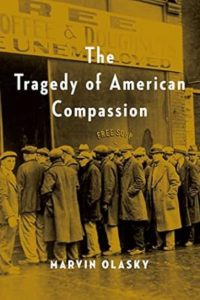 The Tragedy of American Compassion can be purchased at Amazon. If you purchase the book through this link, True Charity will earn a small amount as an Amazon Associate
The Tragedy of American Compassion can be purchased at Amazon. If you purchase the book through this link, True Charity will earn a small amount as an Amazon Associate

This article is just the tip of the iceberg for the practical resources available through the True Charity Network. Check out all of the ways the network can help you learn, connect, and influence here.
Already a member? Access your resources in the member portal.

